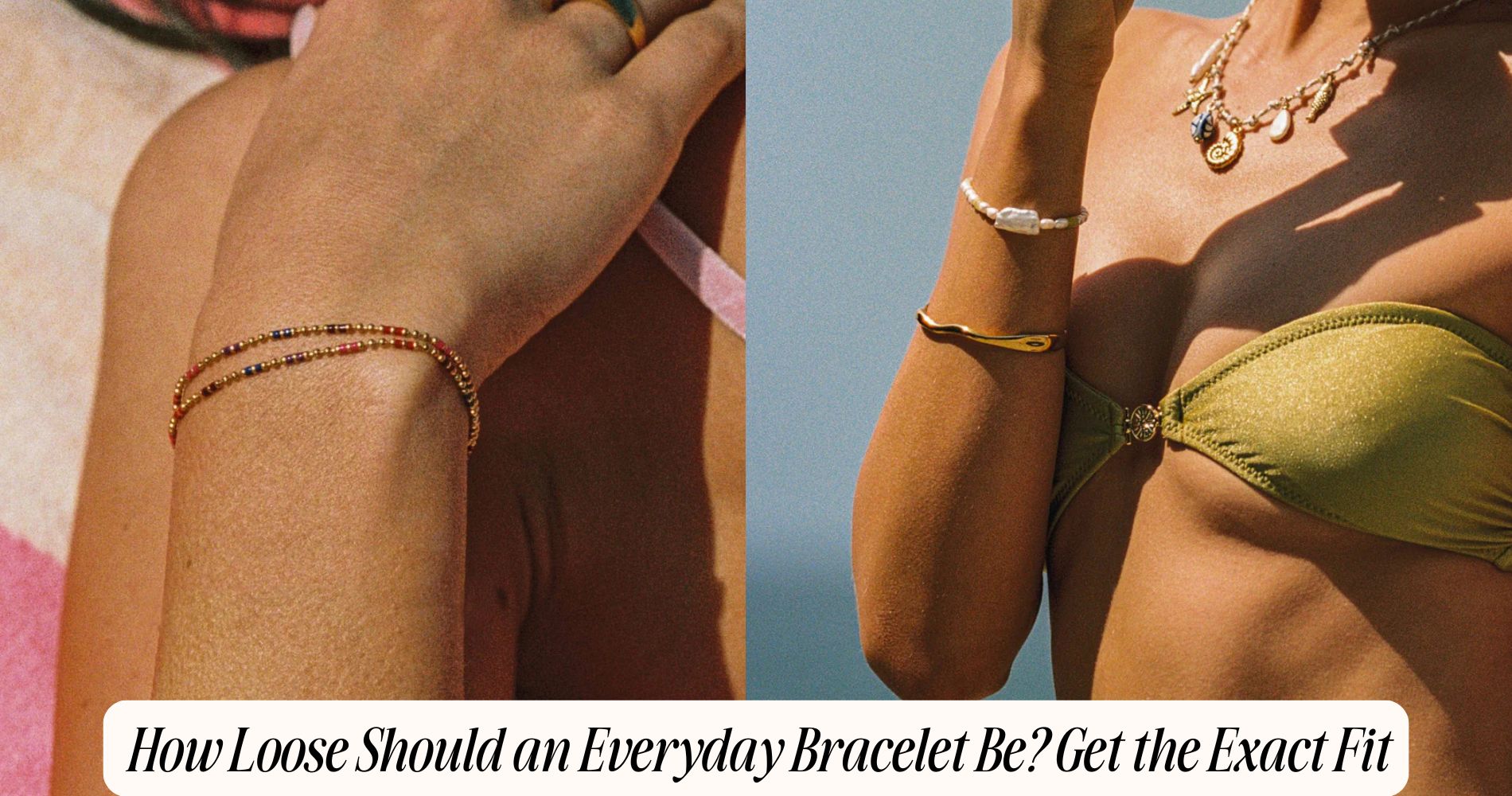
How Loose Should an Everyday Bracelet Be? Get the Exact Fit
Wondering how loose should an everyday bracelet be? The ideal fit lets you slide two fingers comfortably between your wrist and the band. This ensures comfort, proper circulation, and keeps the bracelet secure without pinching or slipping off. For the best results, use a flexible measuring tape and consider the clasp and style—chunkier designs might need a little extra length. When you get the sizing right, your bracelet feels perfect all day long. Explore more sizing tips and stylish options in our Mother’s Day bracelet collection.
Why Bracelet Fit Matters for Daily Wear
When you choose a bracelet for daily wear, its fit directly impacts both comfort and longevity. A bracelet that’s too tight can restrict circulation, especially during periods of increased wrist activity.
On the other hand, a loose fit may cause the piece to slip, increasing the risk of loss or damage. Different bracelet materials also play a significant role—rigid metals need a precise fit to prevent pinching, while flexible materials like leather or silicone tolerate more movement but can stretch over time.
You’ll need to take into account how your wrist size fluctuates throughout the day due to temperature or activity. Prioritizing an ideal fit guarantees the bracelet remains secure yet comfortable, reduces unnecessary wear, and maintains the integrity of both the material and clasp.
Standard Sizing Guidelines for Bracelets
Although bracelet styles and materials vary widely, most jewelers rely on established sizing guidelines to guarantee a secure yet comfortable fit.
Standard sizes for women’s bracelets typically range from 6.5 to 7.5 inches, with 7 inches being the most common. Men’s bracelets usually span 7.5 to 8.5 inches, with 8 inches as the standard. Children’s bracelets often fall between 5 and 6.5 inches.
However, fit variations exist depending on the bracelet’s design—chunky styles may require more length, while slimmer, flexible options can fit more snugly.
When selecting a bracelet, you’ll want to reference these standard sizes but consider both the style and how you prefer your bracelet to rest on your wrist for ideal comfort and wearability.
How to Measure Your Wrist Accurately
A precise wrist measurement forms the foundation for selecting a bracelet that fits comfortably and securely. To guarantee you achieve an accurate size, use reliable wrist measuring techniques.
Start by wrapping a flexible measuring tape around your wrist, just below the wrist bone where you’d naturally wear a bracelet. Keep the tape snug but not tight, making sure it lies flat against your skin without twisting. Note the measurement in millimeters or inches.
If you don’t have a tape, use a strip of paper, mark where it overlaps, and measure the length with a ruler. Double-check your reading for consistency.
Accurate wrist measuring techniques eliminate guesswork, providing a correct base size so you can confidently choose a bracelet that meets your daily comfort and style requirements.
The Ideal Gap: Finding the “Two-Finger Rule
Once you’ve determined your accurate wrist size, achieving the proper fit comes down to maintaining a perfect gap between your skin and the bracelet.
The most reliable method is the two finger technique. To apply this, fasten your bracelet and slide two fingers, side by side, between the inside of the bracelet and your wrist. If both fingers fit comfortably without forcing, you’ve achieved the best gap measurement.
This guarantees your bracelet isn’t too tight, which can restrict movement or cause discomfort, nor too loose, which may increase the risk of slipping off.
By using the two finger technique, you balance comfort with security, allowing for daily wear without constant adjustment.
Different Bracelet Styles and Their Best Fit
Since bracelet designs vary widely, each style demands a specific approach to fit for ideal comfort and appearance.
Bead bracelets, often strung on elastic or cord, should fit closely but not tightly—aim for a snug fit that prevents excessive sliding while allowing natural wrist movement. Too much looseness with bead bracelets risks stretching the cord and increasing wear.
Cuff bracelets, which lack clasps and slip over the wrist, require a more precise fit. You want the cuff to hug your wrist securely without pinching or leaving deep marks; it should stay in place but still allow for easy removal.
Other rigid styles, like bangles, need enough internal diameter to pass over the hand comfortably, yet not so much that they rotate excessively on the wrist.
Adjusting for Comfort With Various Clasp Types
While bracelet clasps come in numerous forms—such as lobster, spring ring, magnetic, or toggle—the type of closure directly affects how you achieve the right fit and comfort.
Each clasp type offers unique comfort factors and influences the bracelet’s adjustability. Lobster and spring ring clasps provide precise adjustment, letting you fasten your bracelet to the exact link for a tailored fit.
Magnetic clasps allow for quick and easy use, beneficial if you need to remove or adjust your bracelet frequently, though they may not offer micro-adjustments.
Toggle clasps add style but require a slightly looser fit to function properly, impacting how snugly your bracelet sits.
Always assess how each clasp type interacts with your wrist size to optimize both security and daily comfort.
Tips to Prevent Slipping and Pinching
Securing the right fit with your chosen clasp enhances both comfort and functionality, but achieving this balance also means addressing common issues like slipping and pinching.
For effective slip prevention, select a bracelet with an adjustable clasp so you can fine-tune the circumference to your wrist. Confirm the bracelet sits snugly above the wrist bone without compressing the skin; this position minimizes movement and reduces the risk of slipping off.
For pinch reduction, opt for smooth, well-finished links or bands, and avoid designs with exposed hinges or sharp edges. Regularly inspect the clasp and adjoining links for wear, as damaged components can increase discomfort.
Frequently Asked Questions
Can I Wear Bracelets With a Smartwatch or Fitness Tracker?
Yes, you can wear bracelets with a smartwatch or fitness tracker. Confirm smartwatch compatibility by choosing slim, non-metallic bracelets. Prioritize fitness tracker styles that won't interfere with sensors, charging, or wrist movement, guaranteeing peak device performance and comfort.
How Do I Clean and Care for My Bracelet Daily?
To maintain your bracelet, use gentle cleaning techniques: wipe it daily with a soft, lint-free cloth and avoid harsh chemicals. Consistent daily maintenance prevents buildup of dirt and oils, preserving your bracelet’s finish and structural integrity.
What Materials Are Hypoallergenic for Sensitive Skin?
If you have sensitive skin, choose hypoallergenic materials like surgical-grade stainless steel, titanium, platinum, or medical-grade silicone. These materials resist corrosion and allergic reactions, ensuring comfort and minimizing irritation for everyday wear. Always confirm the material’s purity.
Are Magnetic Bracelets Safe for Everyday Use?
You can wear magnetic bracelets daily, as they're generally safe for most people. However, scientific evidence supporting magnetic therapy or health benefits is limited. Avoid use if you have a pacemaker, insulin pump, or are pregnant.
How Do I Style Bracelets With My Outfit?
When styling bracelets with your outfit, focus on bracelet layering for visual interest and use color coordination to match or contrast with your clothing. Maintain balance by varying thickness and textures, ensuring your accessories complement rather than overpower your look.
Conclusion
Getting the perfect everyday bracelet fit isn’t just about looks—it’s about comfort and function. Aim for a secure yet relaxed fit, following the two-finger rule to prevent pinching or slipping. Accurate wrist measurement and attention to clasp type guarantee all-day wearability. Remember, different bracelet styles require slight adjustments, so don’t hesitate to try on and fine-tune. With these guidelines, you’ll enjoy a bracelet that feels custom-made and stands up to daily wear.







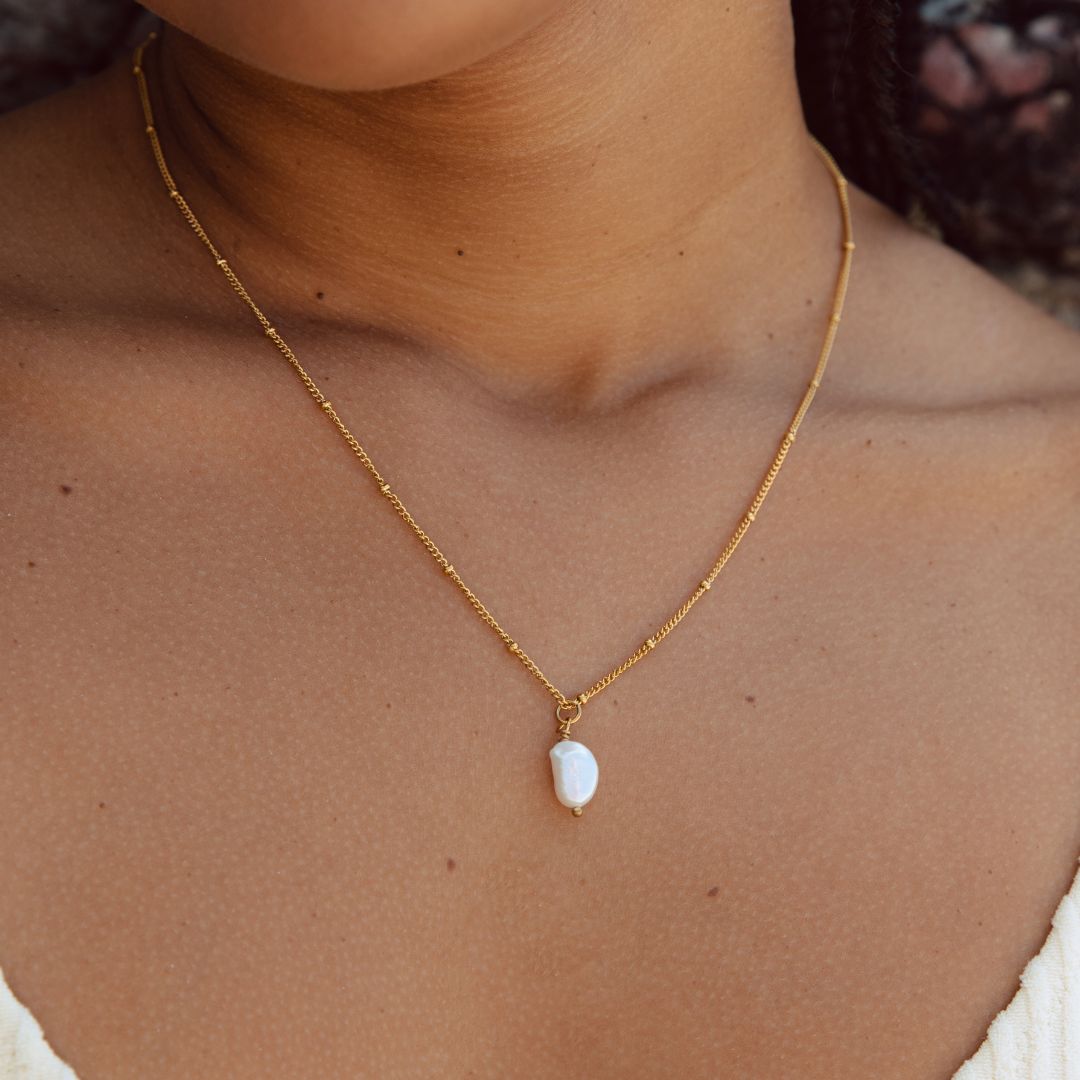

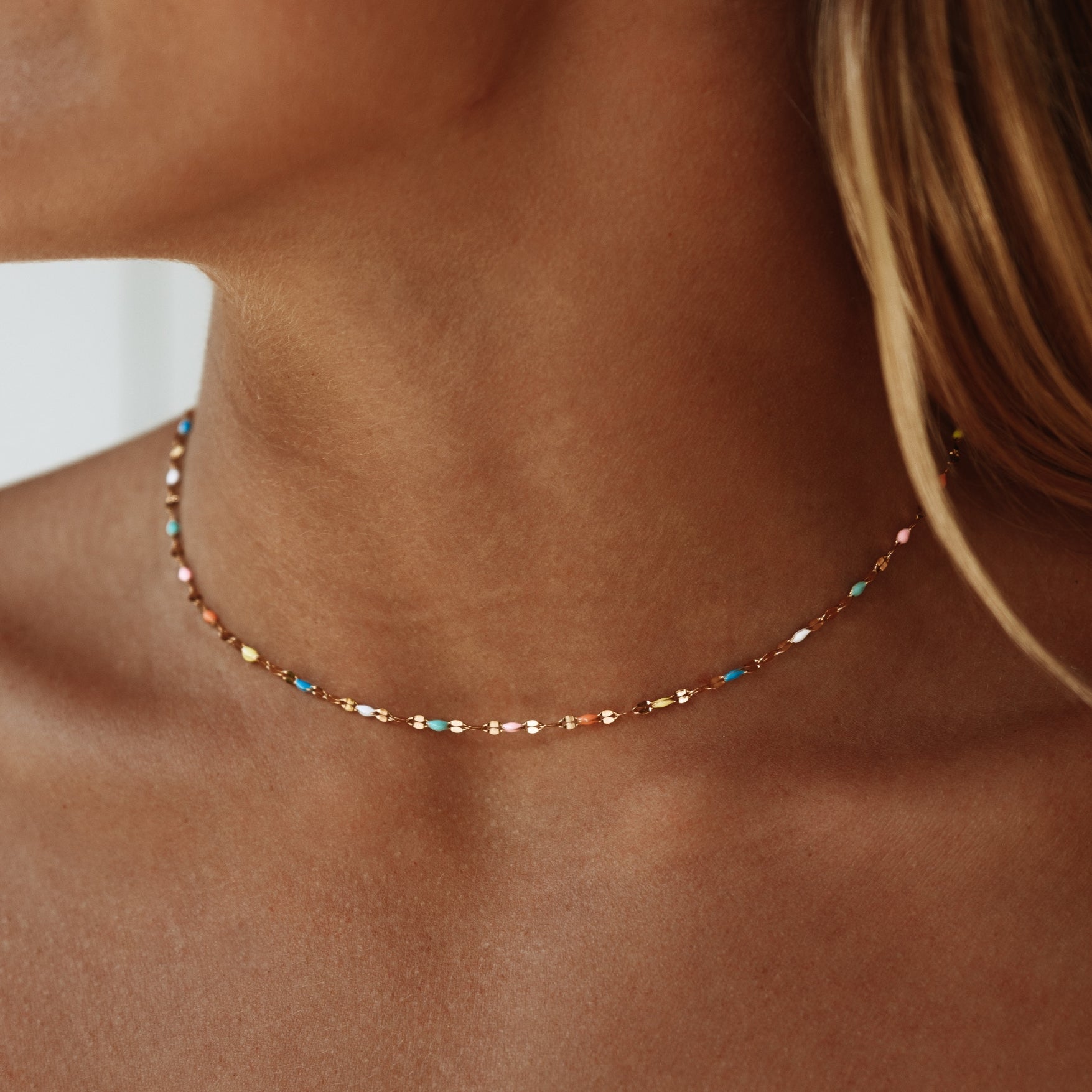


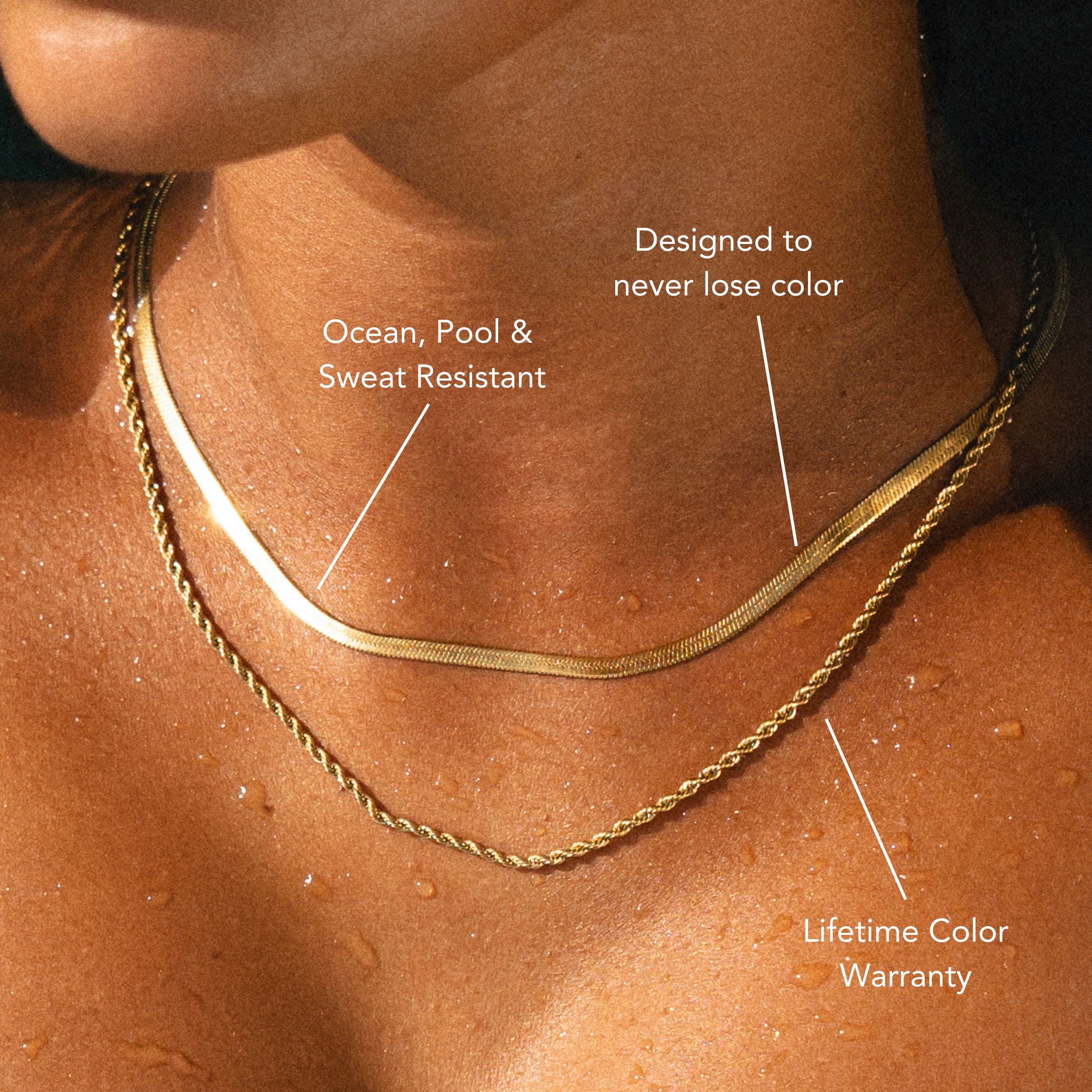
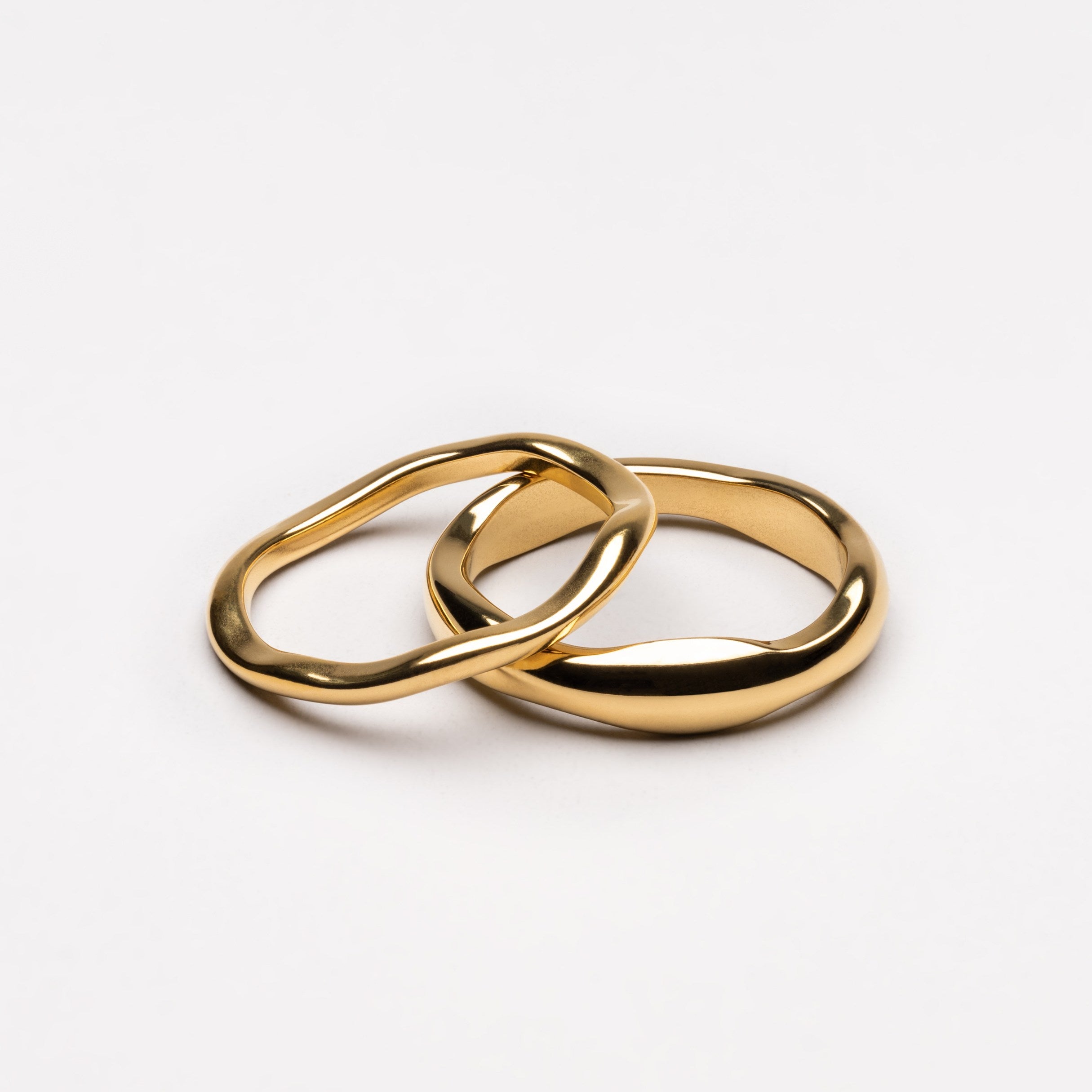
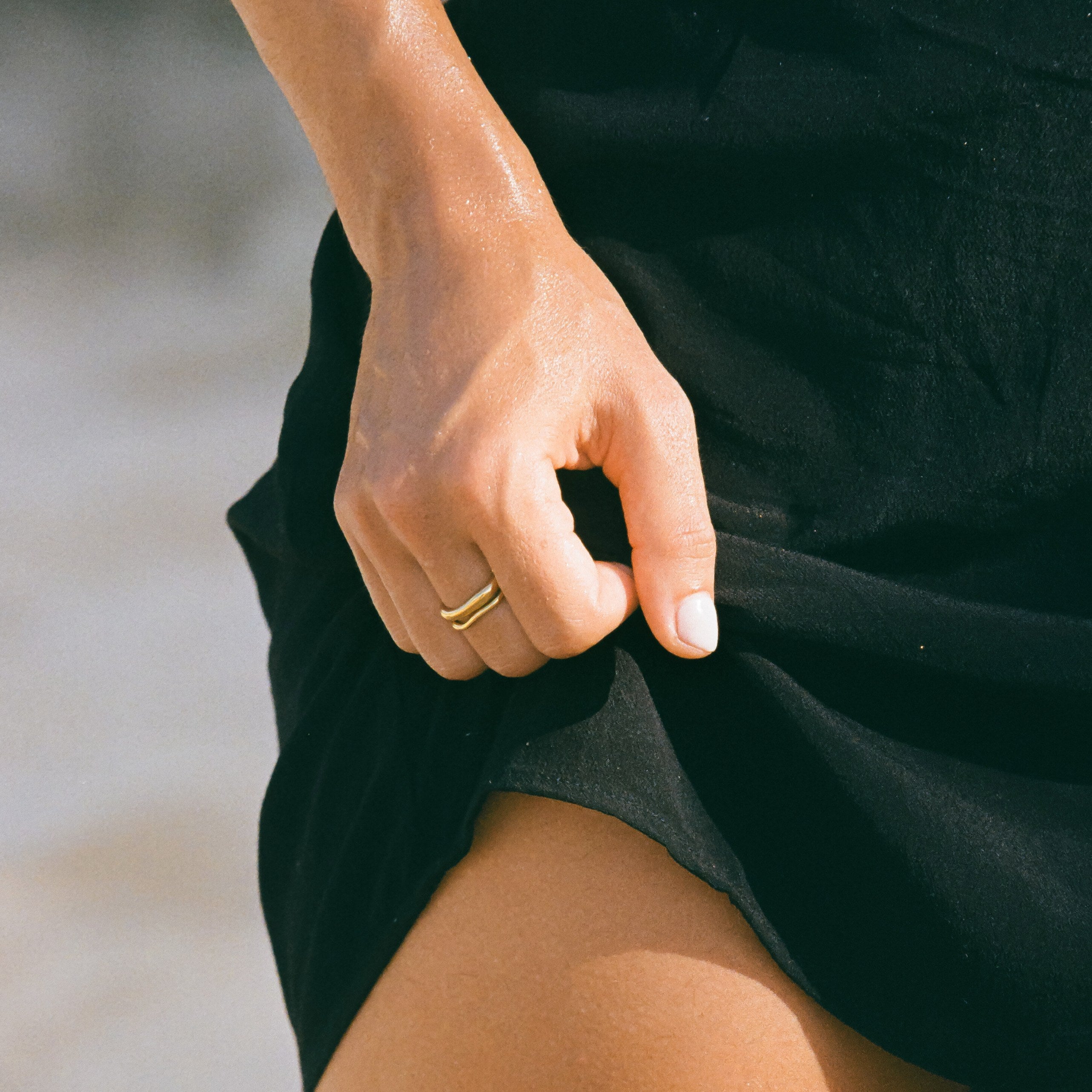

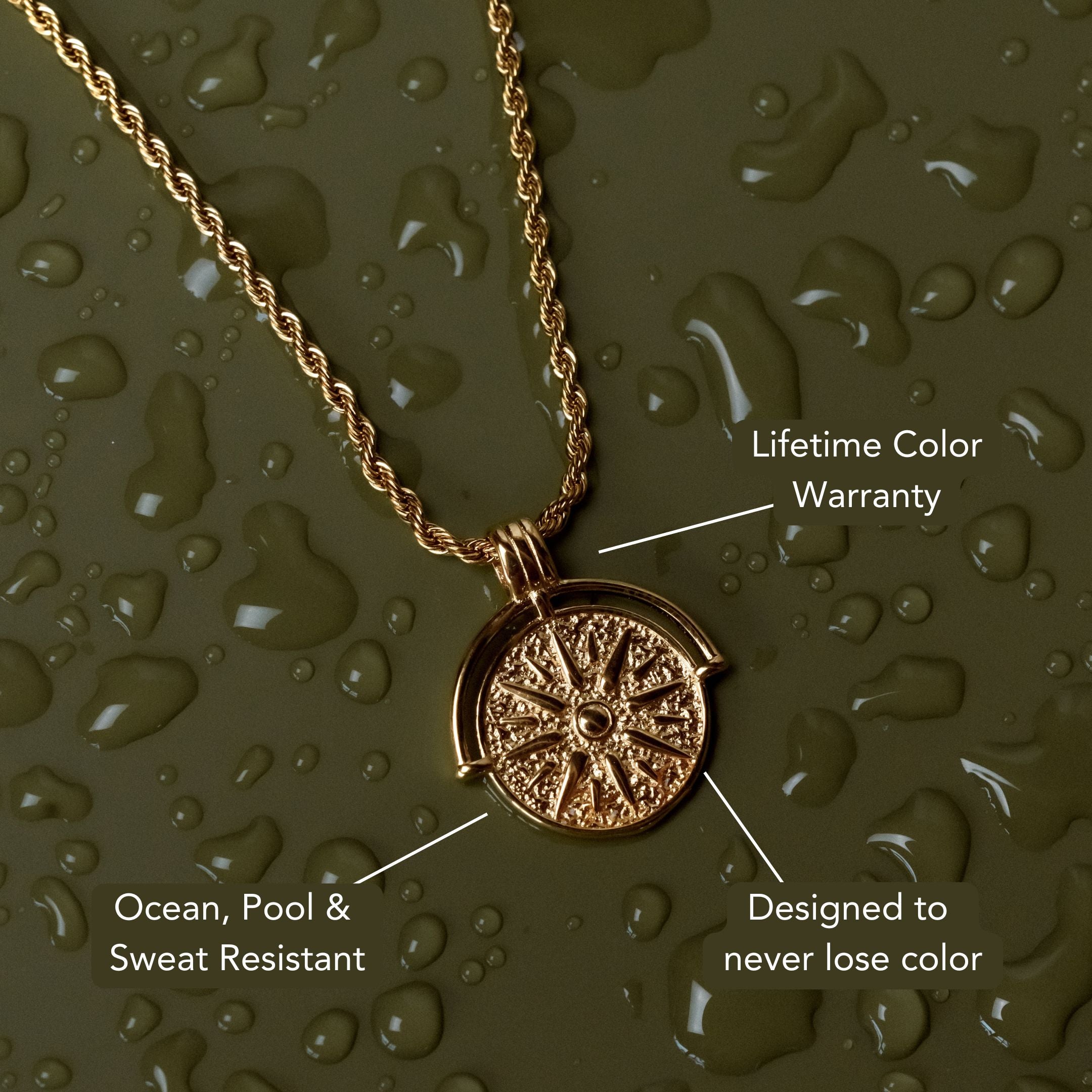
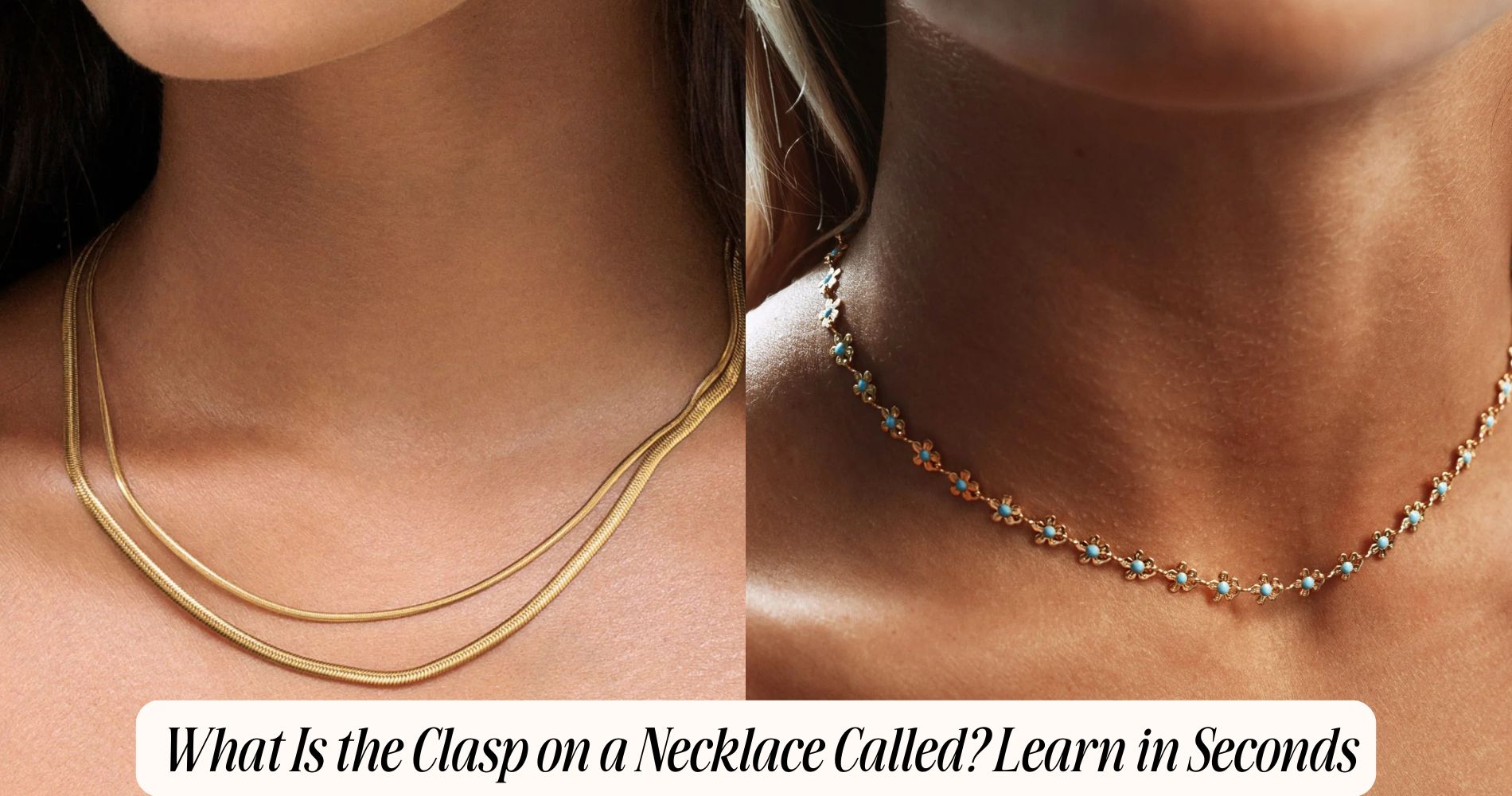
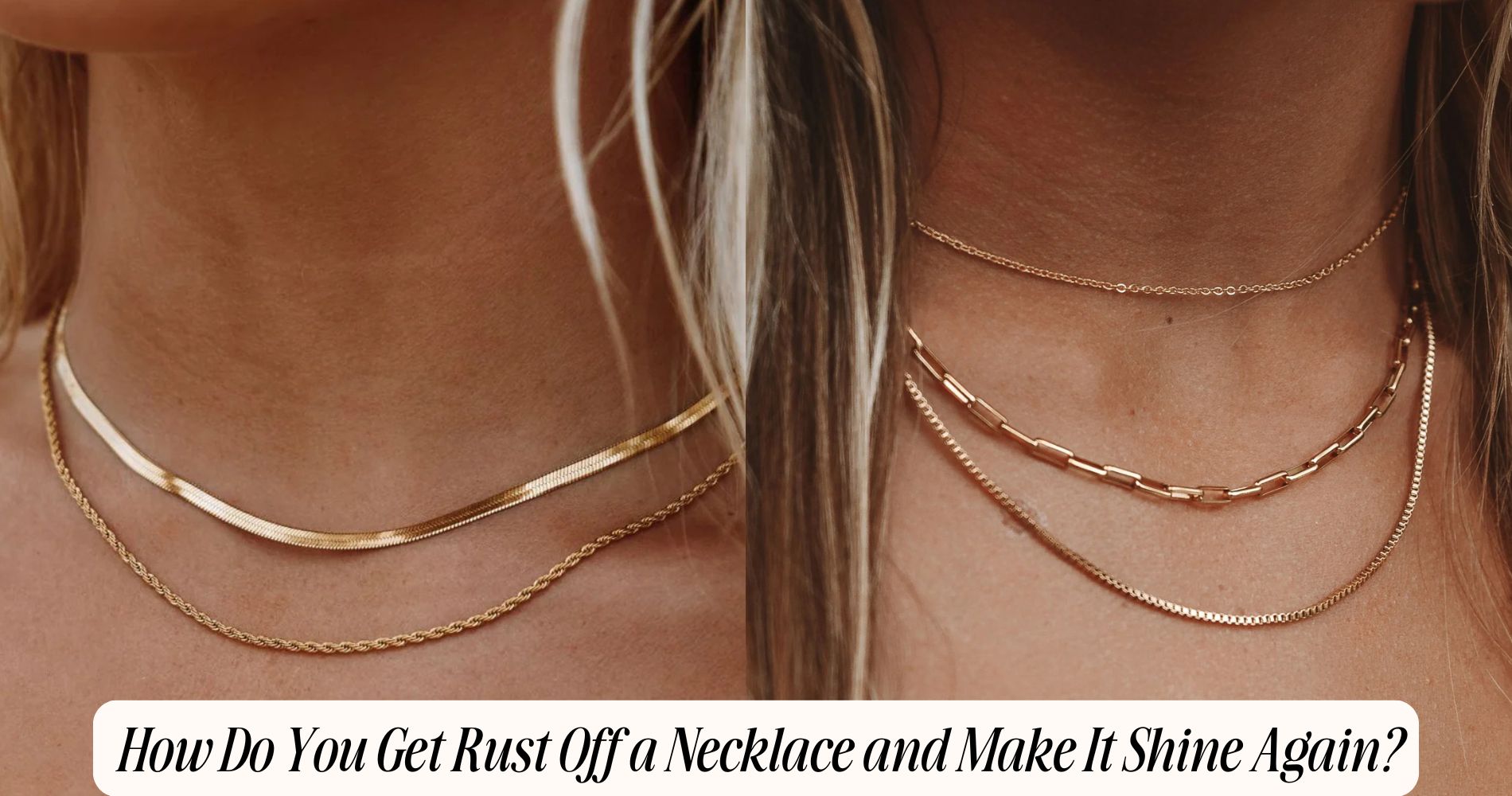




コメントを書く
このサイトはhCaptchaによって保護されており、hCaptchaプライバシーポリシーおよび利用規約が適用されます。